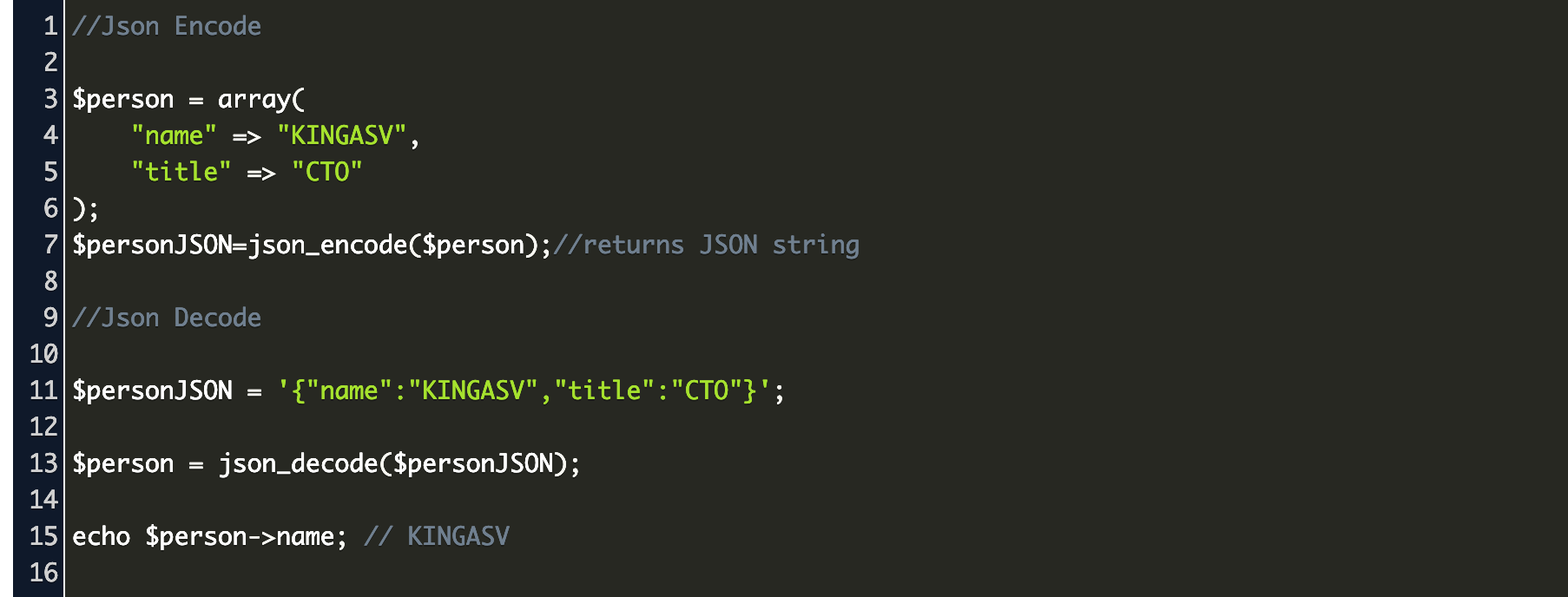

#Php echo html file pdf
The headless client would request the page through the normal HTTP/server mechanism and then run its "print to PDF" command, saving the file, and passing back the filename to the script that had originally launched it, so that it could retrieve the file and serve it to the person who wanted the PDF in the first place.


When I came along a few years after that I found the solution that had been implemented: a PDF request could cause a headless web browser to be fired up and told to request the page itself, along with some extra parameters that would indicate that would ape the original request parameters plus one meaning "this request is for the purposes of generating a PDF". every table was generated from a distinct query, even when the tables and much of the data were the same from one table to another). The only way to do that directly would have been to replicate all the query and business logic while trying to disentangle it from the decisions that were made solely because the existing code generated HTML on the fly (e.g. The customer wanted the same information to be available as a PDF document. I was at one job where this had been done years ago. So you'd get lots of tag soup mixed in with database queries and looping over result sets and jumping back and forth between PHP and HTML. Way back in the day, when hardware and software weren't as advanced as they are now, decent performance could only be achieved if one did try to start pumping html out to the client even before knowing what was going to be in the page. Separating the concerns of gathering the data to to display and of rendering it is good practice. In my experience, clients get excited when you set these up for them, but they quickly become a handicap when the client starts asking for customized features or starts complaining about the features they have built in.
#Php echo html file install
If your clients have simple site requirements and you want to install something quickly for them, you might get away with WordPress or Drupal or Joomla or something. These don't offer a lot of user-facing functionality straight out of the gate, but they are popular and help streamline a lot of the operations common to most PHP projects. It's kind of a messy and abstract idea, and in practice it's never perfect, but it does encourage practices that make your code tidier and easier to maintain.Ĭonsider adopting a framework like CodeIgniter or Laravel. The Model-View-Controller programming pattern aspires to this separate of markup and server logic. Like, ideally, you might have one header and one footer file for your entire site.
#Php echo html file Patch
Software projects are a lot easier to update, maintain, and patch when you reduce code redundancy. If you're smart, you will avoid redundant code. There will probably always be some intermingling - like you need to output a value from php as a variable in your HTML or quite frequently you need to loop through an array of PHP values, outputting a repeated HTML pattern for each element. It's been my experience that it's a good idea to keep your HTML markup and PHP code as separate as reasonably possible. There was so much redundant HTML markup inextricably tied up with the PHP code. Every PHP file would start with the tag and all the HTML markup and stuff and this made it very hard to maintain the project. I remember working with OSCommerce years ago and it was a very poorly-written open source project then.


 0 kommentar(er)
0 kommentar(er)
